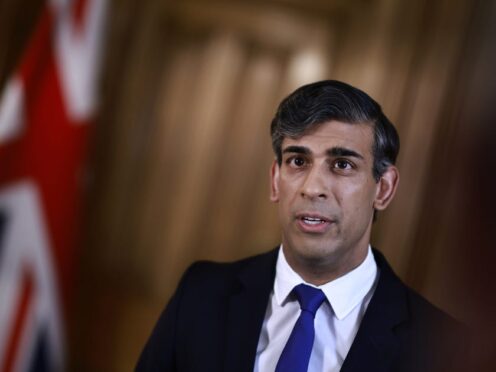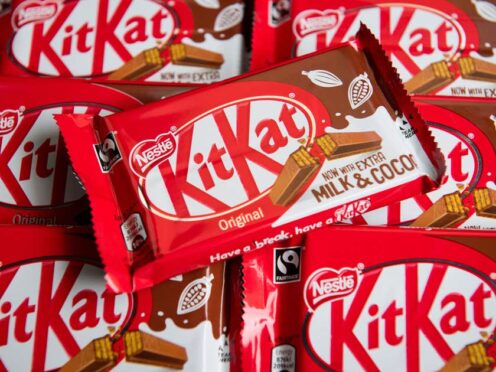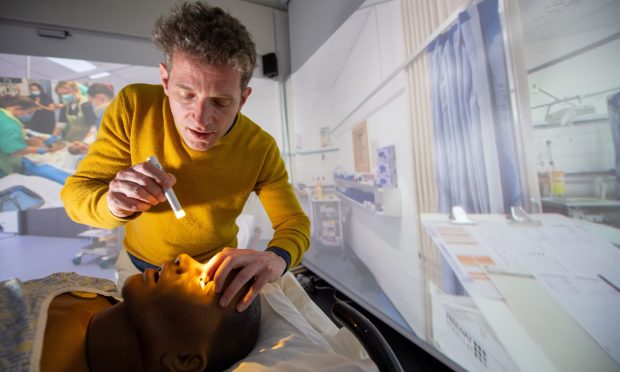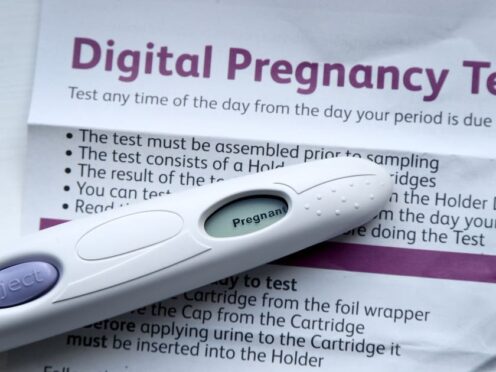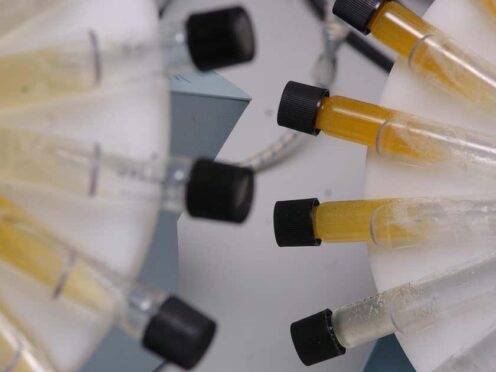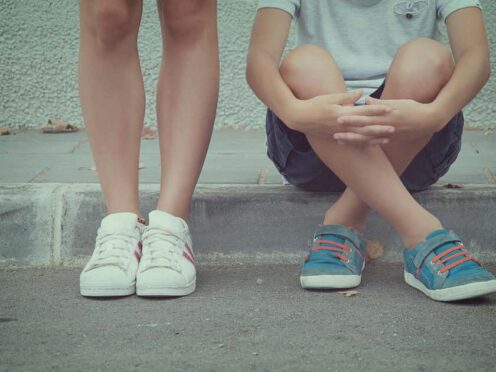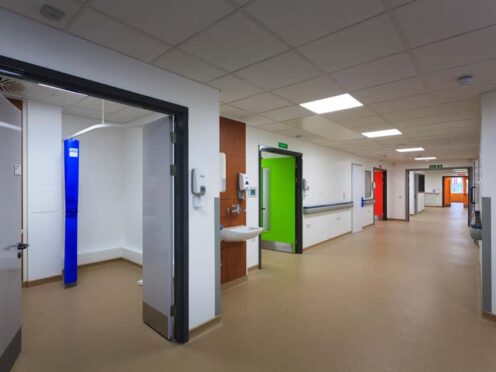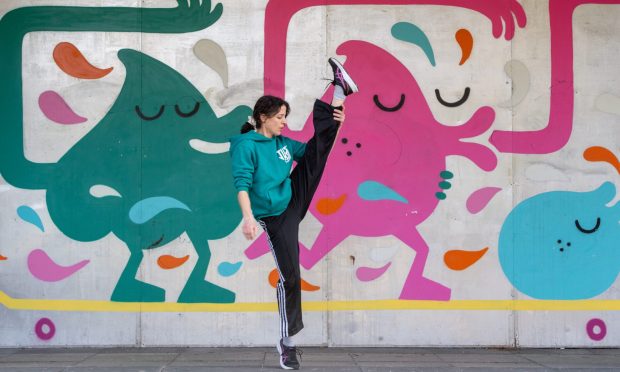Remember the last time you were preparing for the first day in a new job?
Or returning after a long break, maybe after maternity leave or an illness? Nerve-wracking times even if you are well-prepared.
Your kids are about to face a similarly stressful transition from school holidays to term time.
Even if it does happen every year, going back to school after long summer holidays is a huge change for every child and can be a time of both huge excitement and dread….and sometimes both!
The change is even bigger if your child is stepping up from primary to high school or changing schools altogether.
In the United States, psychologists have previously found a correlation between school age children’s visits to psychiatric emergency rooms in school months.
They also noticed that the number of these visits dropped dramatically during July and August and drew the conclusion that school might be detrimental to children’s mental health.
An extreme? Perhaps, but it’s certainly worth thinking about how as a parent you can help your child with the start of the new school year.
Looking at it from a psychologist’s point of view, going back to school represents change, and that is something not all of us are comfortable with. However, there are a number of things you can do to help your child through the transition.
For most of us, holidays mean more freedom, a more relaxed atmosphere and being allowed to determine our own schedule.
School, on the other hand, means a very structured day that is largely determined by others. One way to help your children, especially younger ones, to adjust is to establish routines at home gradually.
Holiday bedtimes and lie-ins are classic examples of these. Gradually bring back a set time to wake up over a number of days and you will find children less likely to struggle through the first week of school.
Older kids, on the other hand, might enjoy preparing for school more independently. Allowing them to help pick their school supplies, for example, also means they start thinking about the year ahead.
This might be a good time to address any concerns your kids may have.
Whilst many, especially younger children, are excited to go back to school and see their friends again, older children often have a more complicated social network.
Listening to their concerns and potential anxieties is extremely important to help alleviate those concerns.
If you are feeling anxious yourself, try and take some time to deal with your emotions as they may transfer to your children, making an already challenging time more difficult.
Last, but not least – and this may sound a bit basic – ensure your children feel loved and appreciated.
Studies as well as our experience from seeing children and parents in our centres, shows that children who feel secure and loved at home are more confident, caring and responsible at school.
And this confidence can be helped hugely by some preparation, established routines and a lot of encouragement to make the new school new year an enjoyable one for you and your children.
Professor Ewan Gillon is a Chartered Psychologist and Clinical Director of First Psychology Scotland with centres in Aberdeen and throughout Scotland.
www.aberdeenpsychology.co.uk
www.firstpsychology.co.uk

